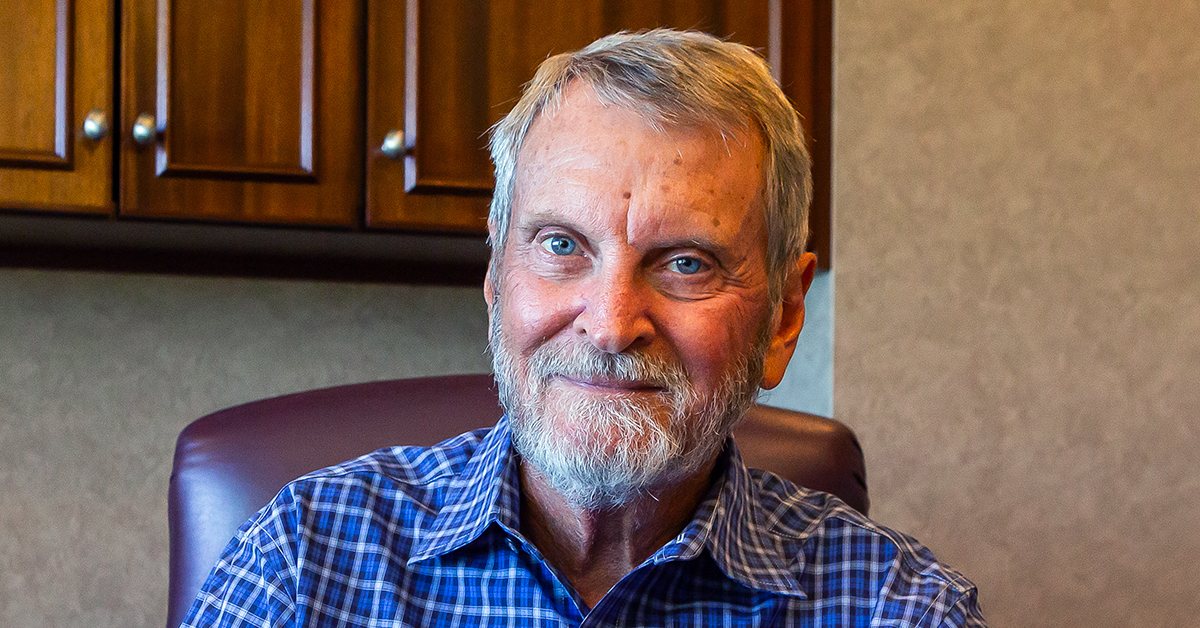

JORDAN PYSZ / iFoundMyDoctor.com
Michael’s cataract surgery allowed him to ditch the bifocals he wore for many years.
For the past 40 years, attorney Michael Pyle has specialized in law related to estate planning, probate and trust administration. He will candidly tell you, though, the legal profession wasn’t his first choice.
“My father was a lawyer, but I didn’t decide to become one until later,” he shares. “Initially, I worked in restaurants and was a bit of a bum. Eventually, I started working as a professor of English at the University of Florida. I finally attended the University of Florida’s law school and became a lawyer at age 30.
“In my practice, I meet with clients to determine their wishes regarding their estates. I then prepare all the legal documents outlining their wishes. I also represent clients who have lost their capacity to make decisions for themselves. It’s a lot of work, and it’s hard work, so I get a little tired. That’s why I’m retiring at the end of this year.”
Michael, who recently celebrated his 70th birthday, plans a rather quiet retirement.
“I like to write books, so being retired will give me more time to write,” he says. “I also enjoy walking on the beach. I live four blocks from the beach in Daytona Beach. I walk at least five miles on the beach every day.”
Earlier this year, some vision changes adversely affected Michael’s ability to read, write and enjoy the ocean during his walks along the beach. The problem was due to the development of cataracts.
“The cataracts were making it hard for me to see,” Michael discloses. “My vision wasn’t as clear as I wanted it to be. I’m both nearsighted and farsighted, and I’ve worn bifocal glasses for years to correct that, but I still didn’t have clear vision.
“A friend told me she had her cataracts removed by Dr. Ge and is very happy with her results, so I visited Dr. Ge as well.”
Q. Jocelyn Ge, MD, PhD, is a board-certified ophthalmologist and ophthalmic surgeon at Premier Eye Clinic, which has offices in Port Orange and Ormond Beach.
Cataracts are primarily caused by the natural aging process of the eye. Over time, proteins in the lens can clump together, leading to a clouding of the lens and the development of cataracts.
The only treatment for cataracts is surgical removal of the affected lens, which is replaced with a synthetic intraocular lens (IOL). There are many types of IOLs, each designed to address specific refractive issues.
Accommodating Lens
Michael first visited Dr. Ge in January. During her initial examination, she discovered a disorder affecting his retina, the layer of tissue at the back of the eye that converts light into visual signals received by the brain: early stage age-related macular degeneration (AMD).
Left untreated, AMD leads to the deterioration of the macula, the center portion of the retina that is responsible for sharp central vision. As a result, Dr. Ge recommended that Michael start taking a vitamin supplement clinically designed to keep early and intermediate AMD from progressing into the late stage.
“Michael would like to reduce the need for prescription glasses as much as possible after cataract surgery. But because of the macular degeneration, he is not a candidate for some of the premium IOLs that we implant during cataract surgery,” Dr. Ge informs. “But he was a good candidate for a type of IOL called an accommodating lens.
“Accommodating lenses have been around for 20 years, and they still provide the best vision for patients with eye conditions such as AMD and glaucoma because they don’t cause rings and halos to appear around lights at night the way some of the newer IOLs do.”
An accommodating lens has two hinges, one on each side, that allow it to gently move forward and backward in the eye. The lens uses the eye’s natural machinery — muscles and ligaments — to accommodate the change in focus from near to far.
“Mr. Pyle had astigmatism in the left eye as well,” Dr. Ge observes.
Astigmatism is a common vision problem in which the cornea, the clear window covering the front of the eye, or lens has an irregular shape, causing blurred or distorted vision at different distances.
Astigmatism can be corrected with special IOLs called toric lenses, the doctor notes. The accommodating lens that corrects astigmatism is the Trulign® toric lens and the accommodating lens without astigmatism correction is called Crystalens; both are made by Bausch + Lomb.
Cataract removal on Michael’s left eye was performed on August 8 and his right eye on September 18. Trulign toric lens was implanted in the left eye and Crystalens was implanted in the right eye as replacements.
Perfect Results
“The day after his first surgery, Mr. Pyle was reading 20/20 minus two in that eye, which means he missed two letters on the eye chart,” Dr Ge reports. “The day after his second surgery, he was seeing 20/25. He’s doing really well now and is very happy.”
Michael agrees with that assessment.
“My surgeries turned out perfectly,” he enthuses. “I can now see far in the distance very clearly, which I like. I need to use readers sometimes to see up-close, but I don’t need to wear the bifocals anymore, which was the goal.
“Dr. Ge is very knowledgeable, and I like her very much. I also like her staff. They’re all super friendly and nice, very attentive and efficient. The entire operation is excellent. I’m very happy my friend recommended Dr. Ge and Premier Eye Clinic, and I highly recommend them to others.”




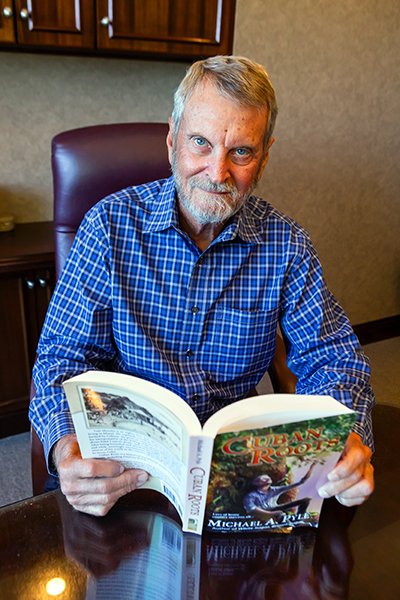
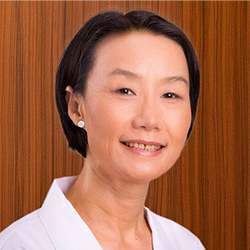

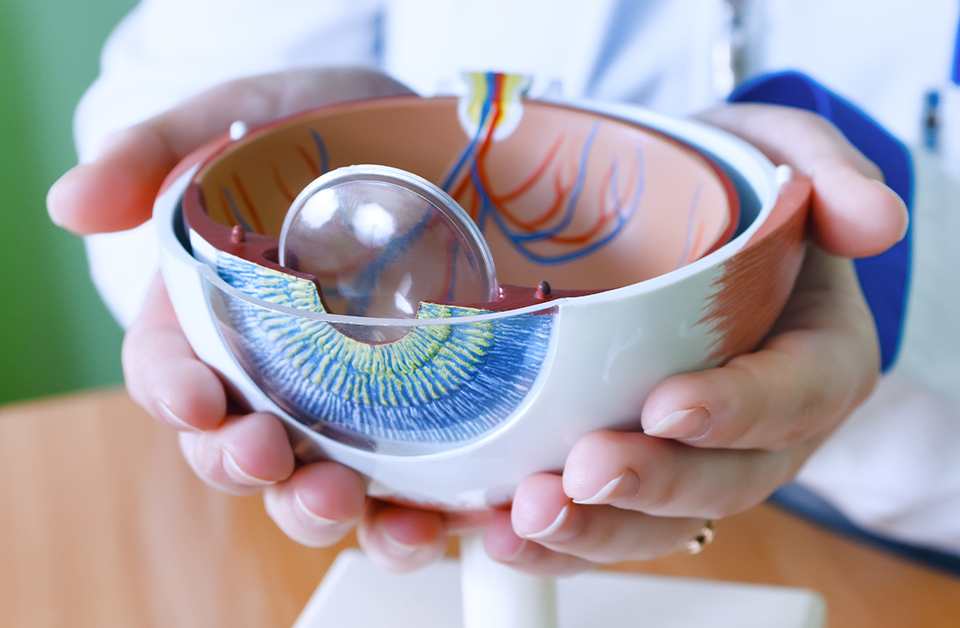

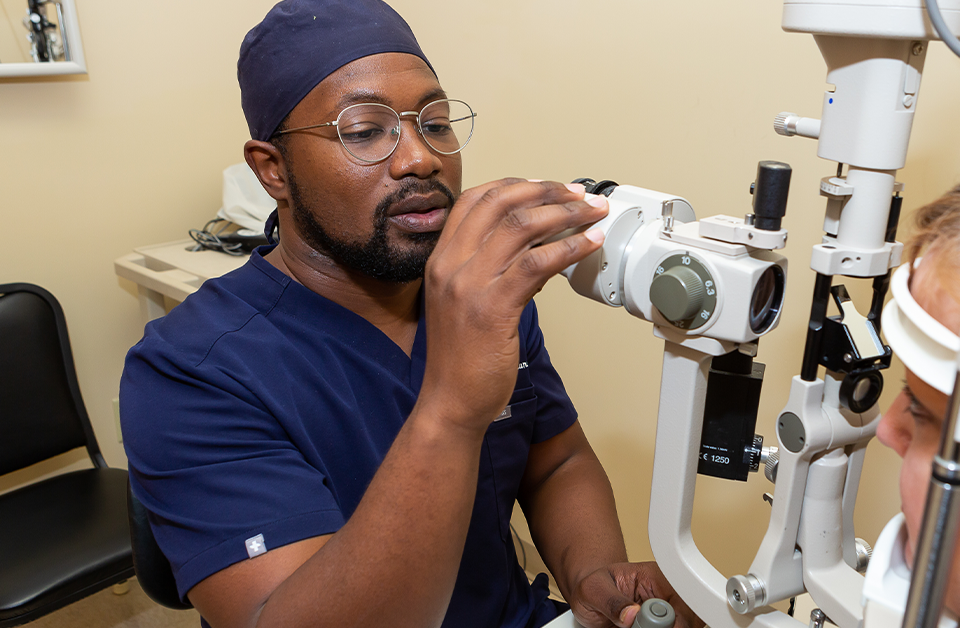


Leave a Reply